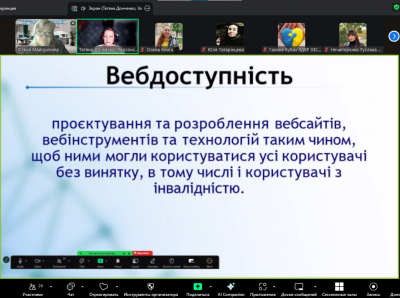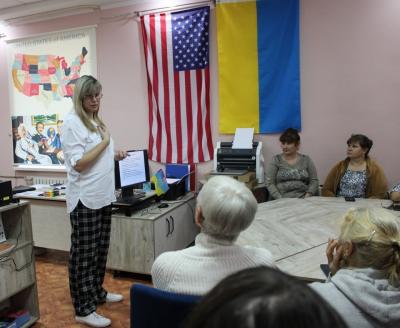Ancient Women Healers
Women Healers in Ancient Times
Before the dawn of history, medicine was probably women's work. Many archaeologists and anthropologists believe that women were the first healers.
We can imagine a tribe of people living in caves and other crude shelters, going out to hunt animals or gather roots and berries for food. This is how prehistoric people spent most of their time—looking for food. The hunters were usually men and boys, because males have greater physical strength. Women were more likely to gather edible plants.
Over many centuries, as they learned which plants were good to eat, the women also learned that some were good for treating sickness. They found that chewing the bark of a certain tree or brewing a tea from, a particular plant's leaves could help the symptoms of some diseases. In fact, many modern drugs come from plants. The bark of the cinchona tree produces quinine, a drug for treating malaria. The foxglove plant yields a compound called digitalis, which is used for heart conditions.
When a prehistoric woman gave birth, she undoubtedly was helped and tended by other women. When children fell ill, they probably were treated and nursed by their mother or other women in the household. If an older male broke a limb or was wounded while hunting, the women of the household were there to treat the injuries. In this way, women probably served as the first physicians, surgeons, and nurses in prehistoric times, and they passed their medical wisdom on from one generation to the next.
The first historical record of medical treatment is almost five thousand years old and comes from ancient Egypt. The Egyptians recognized many diseases, from cancer to tuberculosis, developed drugs in the form of salves and potions, and even performed minor surgical operations. They recorded their medical knowledge on papyrus scrolls.
Women physicians practiced in ancient Egypt. Many of them specialized in obstetrics and gynecology. One of Egypt's great medical schools was located at the Temple of Sal's and was devoted to the training of women doctors. Because the causes of many diseases were beyond the understanding of people long ago, the early physicians relied on religion and magic as much as medicine for treatment and cures. Therefore, many medical schools and treatment centers were located in temples.
Western medicine, which relied more on reason than on magic, began in ancient Greece. The most famous Greek healers of legend are Asclepius, the Greek god of healing, his daughters Hygeia, who represented prevention, and Panacea, who represented cure. Temples of healing were dedicated to this Greek family, and the snake-entwined staff each member carried is still the symbol of medicine today.
Gradually, women were removed from the practice of medicine in Greece. By the fourth century B.C., women of Athens were forbidden to practice medicine. As a result, many women, reluctant to see male doctors, suffered needless deaths from complicated childbirths and gynecological problems. A Greek woman named Agnodice decided to remedy this by becoming a physician. She disguised herself as a man, attended medical school, and began practicing obstetrics and gynecology. She was very popular with her women patients. But one day, her disguise was uncovered by the male authorities and she was brought to trial for breaking the law. She could have been sentenced to death, but the women of Athens rose up in protest. Not only was Agnodice acquitted, but the law was changed and women were once again allowed to practice medicine.
Historians do not know much about the women healers of ancient Rome until the Christian era began. The most famous early Roman healer was a woman named Fabiola, who lived in the fourth century. She was born into a wealthy Roman family, but at age twenty, she converted to Christianity, and became a follower of St. Jerome. Fabiola dedicated her life to caring for the sick and destitute. She and her friend Paula are credited with founding the first public hospital in Europe.
The fall of the Roman Empire brought about the Dark Ages in Europe. During that time, the little
medical learning and healing that existed was kept alive and performed in monasteries and convents. A famous woman musician, mystic, and writer on medicine named Hildegarde Bingen came from a convent in Germany.
She was born in 1098 and lived more than eighty years. Because of her writings and miraculous cures, her fame spread throughout Europe.
As the Dark Ages ended, universities sprang up. The university at Salerno in Italy was home to the most famous woman physician of medieval times, Trotula. She was married to another famous doctor, and their sons also became physicians. Trotula was on the faculty of the university and specialized in gynecology and obstetrics. The textbook that she wrote on these subjects in the eleventh century was used for hundreds of years.
In Europe during late Middle Ages, church doctrine made life very difficult for women healers. Most of these women were midwives who treated patients with medicines made from plants. Because of their special knowledge, the women often were suspected of being in league with the devil. Historians believe that many women who practiced the healing arts during the Middle Ages came to tragic ends. They were condemned as witches and burned at the stake.
With the Renaissance, which began in the sixteenth and seventeenth centuries, modern science was born. By the 1700s, medicine had become a respectable profession, and men began to take over the role of midwife. At first, women midwives—and women patients—objected to the idea of "men midwives." But by the 1800s, assisting at births had become an accepted job of doctors. And all doctors by that time were men.
The tasks women could perform were reduced in many areas, not just medicine, as society came to regard women as delicate and not very bright creatures. According to popular belief, education of any kind would be harmful to women, and the study of medicine was unthinkable. Not until the women's movement began in the mid-1800s did women begin to practice medicine again.
More detailed information can be found in the "Extraordinary Women of Medicine" Darlene R.Stille, and issued by The Children's Press in the USA.
Information should be used just for educational purposes.










